Six Plants in Sri Lanka That Could Kill You – By Nadeeka – eLanka
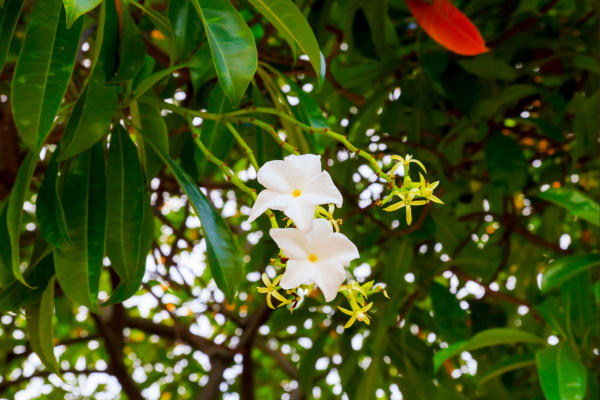
Sri Lanka, a tropical paradise known for its stunning landscapes and rich biodiversity, is home to a variety of plant species, some of which are extremely dangerous. While the island’s flora includes many beautiful and beneficial plants, there are also those that can be deadly if ingested or improperly handled. This article explores six plants in Sri Lanka that could kill you, highlighting the need for awareness and caution when encountering these natural hazards.
1. Cerbera odollam
Description
Cerbera odollam, commonly known as the Suicide Tree, is a highly toxic plant found in coastal regions and mangroves of Sri Lanka. It bears white flowers and green, mango-like fruits.
Toxicity
The seeds of the Suicide Tree contain cerberin, a potent toxin that can cause cardiac arrest. Cerberin disrupts the heart’s electrical activity, leading to fatal arrhythmias. The plant is often used in suicides and homicides due to its lethal nature.
Symptoms of Poisoning
- Nausea and vomiting
- Abdominal pain
- Irregular heartbeat
- Dizziness
- Cardiac arrest
Safety Tips
Avoid handling the seeds and fruits of the Suicide Tree. If ingested, seek immediate medical attention.
2. Nerium oleander (Oleander)
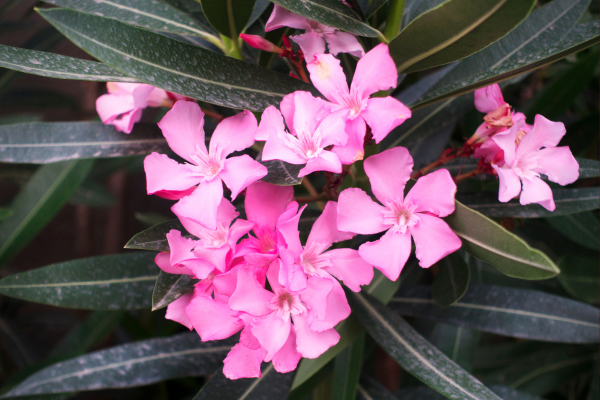
Description
Nerium oleander, or Oleander, is an ornamental shrub widely cultivated for its attractive flowers, which can be pink, red, white, or yellow. Despite its beauty, every part of this plant is highly toxic.
Toxicity
Oleander contains cardiac glycosides, such as oleandrin and neriine, which affect the heart’s function. Even small amounts can be deadly if ingested.
Symptoms of Poisoning
- Severe gastrointestinal distress
- Vomiting and diarrhea
- Abdominal pain
- Irregular heart rate
- Drowsiness or confusion
- Death in severe cases
Safety Tips
Avoid planting Oleander in areas accessible to children and pets. Wash hands thoroughly after handling the plant.
3. Abrus precatorius (Rosary Pea)
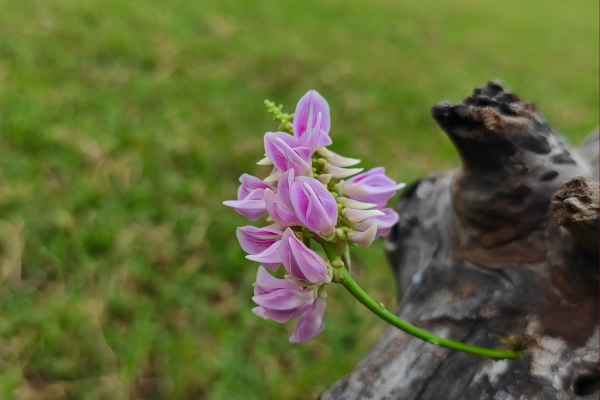
Description
Abrus precatorius, known as Rosary Pea or Jequirity, is a slender vine with striking red seeds that have a black spot. These seeds are often used in jewelry but are highly toxic.
Toxicity
The seeds contain abrin, a toxin more potent than ricin. Abrin inhibits protein synthesis, leading to cell death. Ingestion of a single seed can be fatal.
Symptoms of Poisoning
- Nausea and vomiting
- Diarrhea
- Severe abdominal pain
- Weakness and confusion
- Liver failure
- Death in severe cases
Safety Tips
Avoid ingesting Rosary Pea seeds. If using seeds in jewelry, ensure they are properly treated to neutralize toxicity.
4. Aconitum ferox (Indian Aconite)
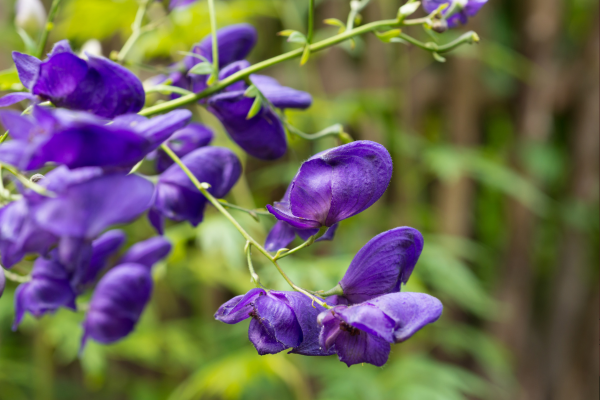
Description
Aconitum ferox, also known as Indian Aconite or Bikh, is a plant with blue-purple flowers found in the mountainous regions of Sri Lanka. It is highly toxic and used in traditional medicine with extreme caution.
Toxicity
The plant contains aconitine, a potent neurotoxin that affects the nervous system and the heart. Even small doses can be fatal.
Symptoms of Poisoning
- Tingling and numbness
- Vomiting and diarrhea
- Muscle weakness
- Difficulty breathing
- Cardiac arrhythmias
- Death in severe cases
Safety Tips
Avoid handling or ingesting any part of the Aconitum ferox plant. Traditional medicinal use should only be conducted by experienced practitioners.
5. Ricinus communis (Castor Bean Plant)
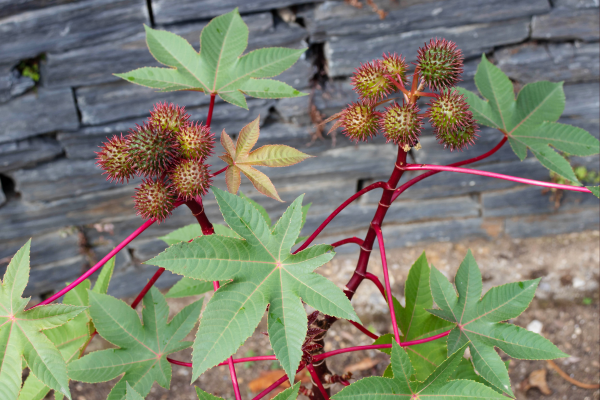
Description
Ricinus communis, commonly known as the Castor Bean Plant, is cultivated for its seeds, which produce castor oil. However, the seeds also contain ricin, a highly toxic protein.
Toxicity
Ricin inhibits protein synthesis, leading to cell death. Ingestion of even a few seeds can be fatal, especially in children.
Symptoms of Poisoning
- Severe abdominal pain
- Nausea and vomiting
- Diarrhea
- Severe dehydration
- Kidney failure
- Death in severe cases
Safety Tips
Avoid ingesting castor beans. If castor oil is used, ensure it is properly processed to remove ricin.
6. Calotropis gigantea (Crown Flower)
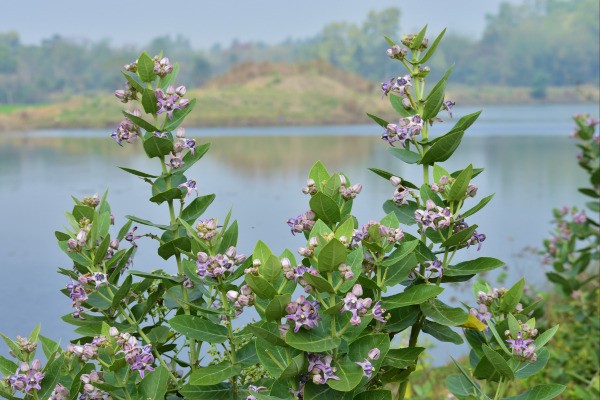
Description
Calotropis gigantea, known as Crown Flower or Giant Milkweed, is a large shrub with clusters of waxy, white, or lavender flowers. It exudes a milky latex when cut, which is toxic.
Toxicity
The latex contains cardenolides, which are toxic compounds affecting the heart. Contact with the skin or eyes can cause irritation, and ingestion can be fatal.
Symptoms of Poisoning
- Irritation of the skin and eyes
- Nausea and vomiting
- Diarrhea
- Abdominal pain
- Irregular heartbeat
- Death in severe cases
Safety Tips
Avoid contact with the latex of Calotropis gigantea. Wear gloves when handling the plant, and wash hands thoroughly afterward.
Conclusion
Sri Lanka’s rich biodiversity includes several plants that pose significant dangers due to their toxic properties. Awareness and caution are essential when encountering these plants, whether in the wild or in cultivated areas. Understanding the risks associated with these species can help prevent accidental poisonings and ensure that the beauty of Sri Lanka’s flora can be enjoyed safely.
Always seek immediate medical attention if you suspect poisoning from any of these plants, and educate others about the potential hazards they pose.







